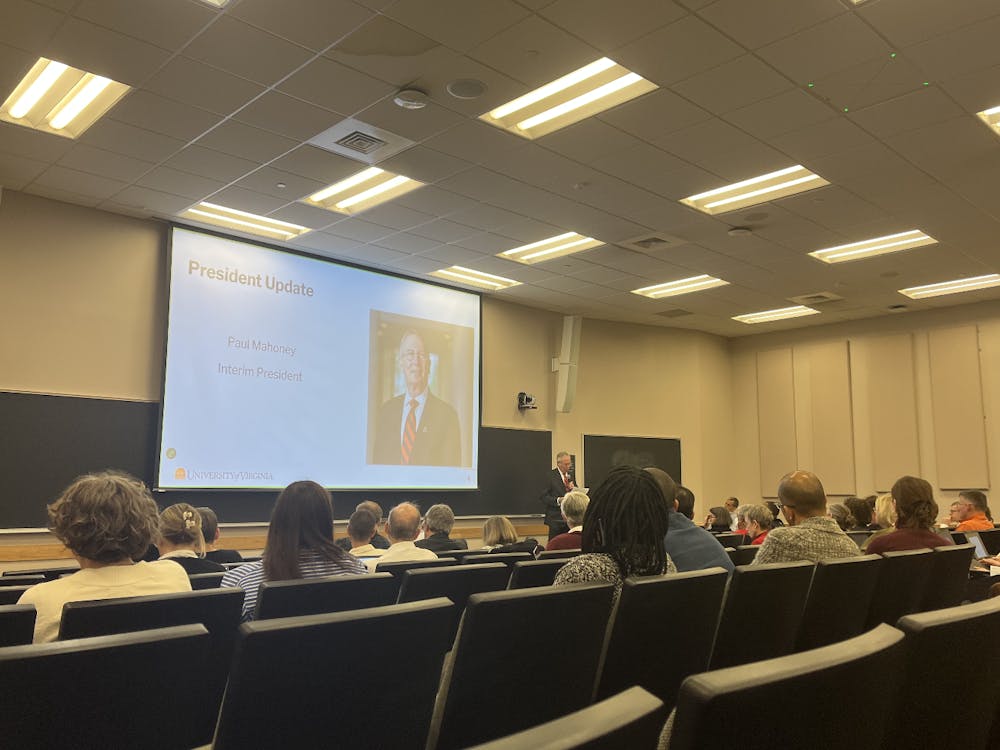(This is the last in a five-part weekly series examining issues in next week's presidential election.)
Throughout the presidential campaign season, college students have turned a deaf ear to Social Security debates between Vice President Al Gore (D) and Texas Gov. George W. Bush (R), ignoring the impact the retirement program will have on their lives in the immediate future.
While it will be many years before students are able to reap the benefits of Social Security, they will be footing the bill for the retirement program as they begin to enter the labor force over the next several years.
College students "ought to be more concerned about Social Security," said Larry J. Sabato, government and foreign affairs professor. "It will have an impact on their lives for a longer period of time than any other people alive."
|
Today's college students will be entrenched in the work force by the time the first baby boomers become eligible for Social Security benefits in 2008.
It is projected that as more baby boomers reach retiring age after 2008, there will be an increase in the amount of taxes needed to fund the retirement program, said Mark Hinkle, spokesman for the Social Security Administration.
But it is projected that there will not be enough workers in the future to satisfy the additional tax burden. There will only be two workers for every Social Security recipient as opposed to the 3.4 workers who are presently supplying one Social Security beneficiary, he said.
Without any reform, the Social Security trust fund would be depleted by 2037, leaving the government able to pay only 72 percent of benefits, he added.
|
Both Bush and Gore are offering distinctive plans to reform the Social Security program, in order to ease the burden on the future workers.
Gore's plan proposes to reinvest the current government surplus into the Social Security fund. The Gore camp believes the interest gained on the investment will make Social Security solvent until 2054.
Bush, on the other hand, has proposed a plan to privatize a portion of Social Security.
Under the Bush proposal, citizens would be able to voluntarily invest a portion of their Social Security payroll taxes in the stock market. The individually controlled personal retirement accounts would be created in addition to the present Social Security safety net.
The Bush campaign expects the personal account to yield at least 6 percent per year after inflation, giving people more money to spend during their retirement.
Even though both candidates are offering extensive plans to ease the burden of paying for Social Security, young people still choose not to pay attention to this issue. Political pundits have offered several reasons to explain this trend among younger voters.
"People who are younger tend to look at politics more idealistically," said Robert Holsworth, chair of the department of international and public affairs at Virginia Commonwealth University. "They are less likely to vote on long term issues."
"Young people are less motivated because of a skepticism whether Social Security will still be there," said Scott Keeter, director of the center for public policy at George Mason University.
To the young voter, thinking about Social Security is like making "a decision about life on another planet," Keeter said.






